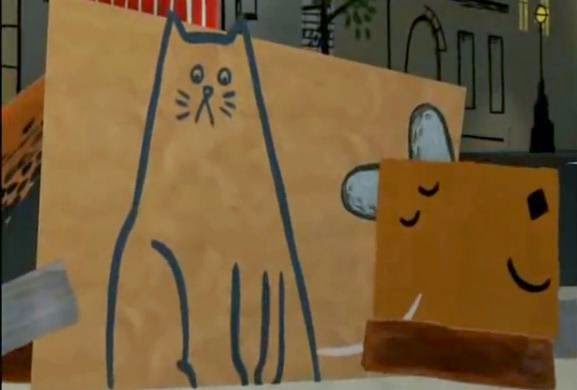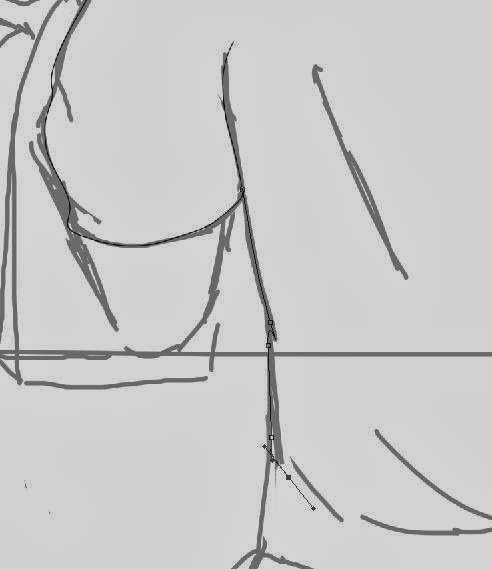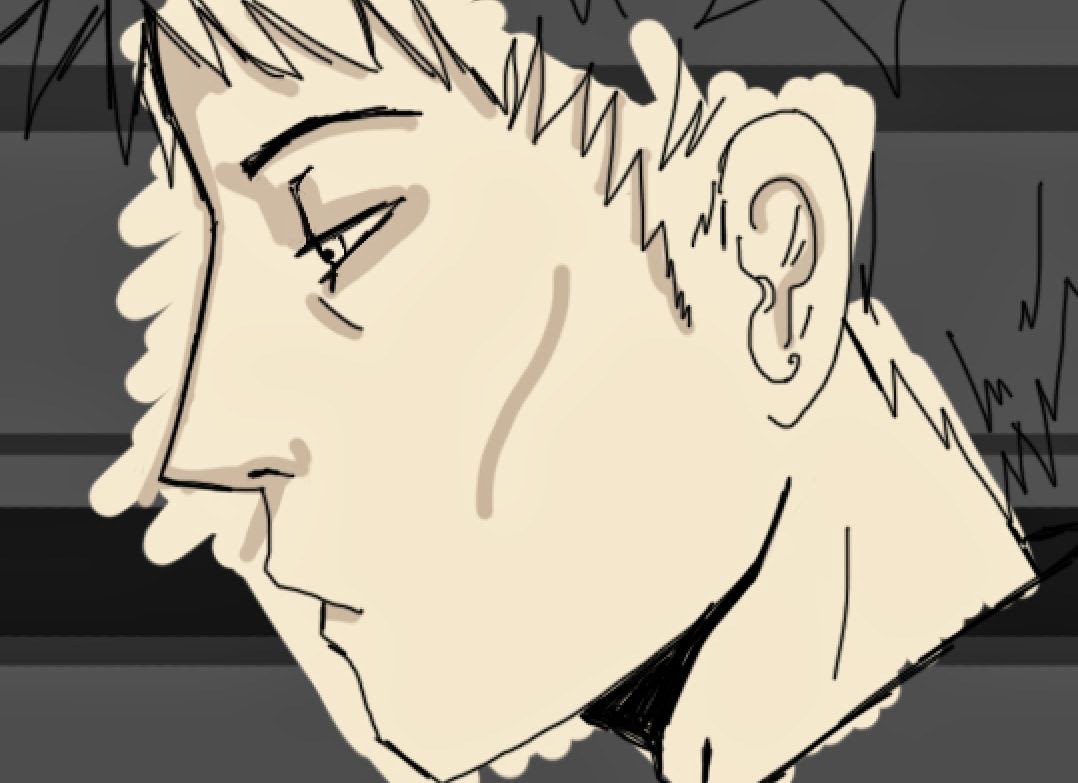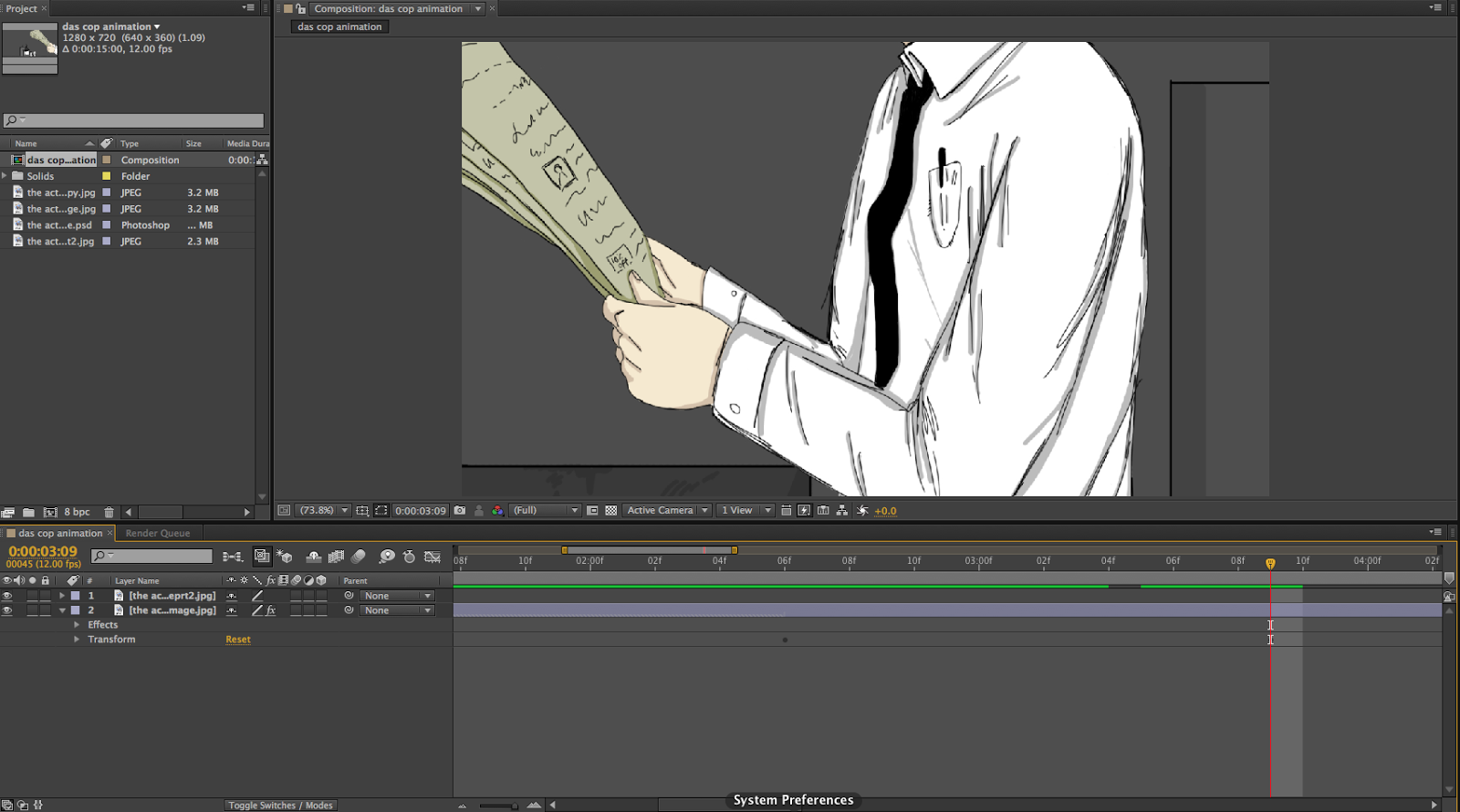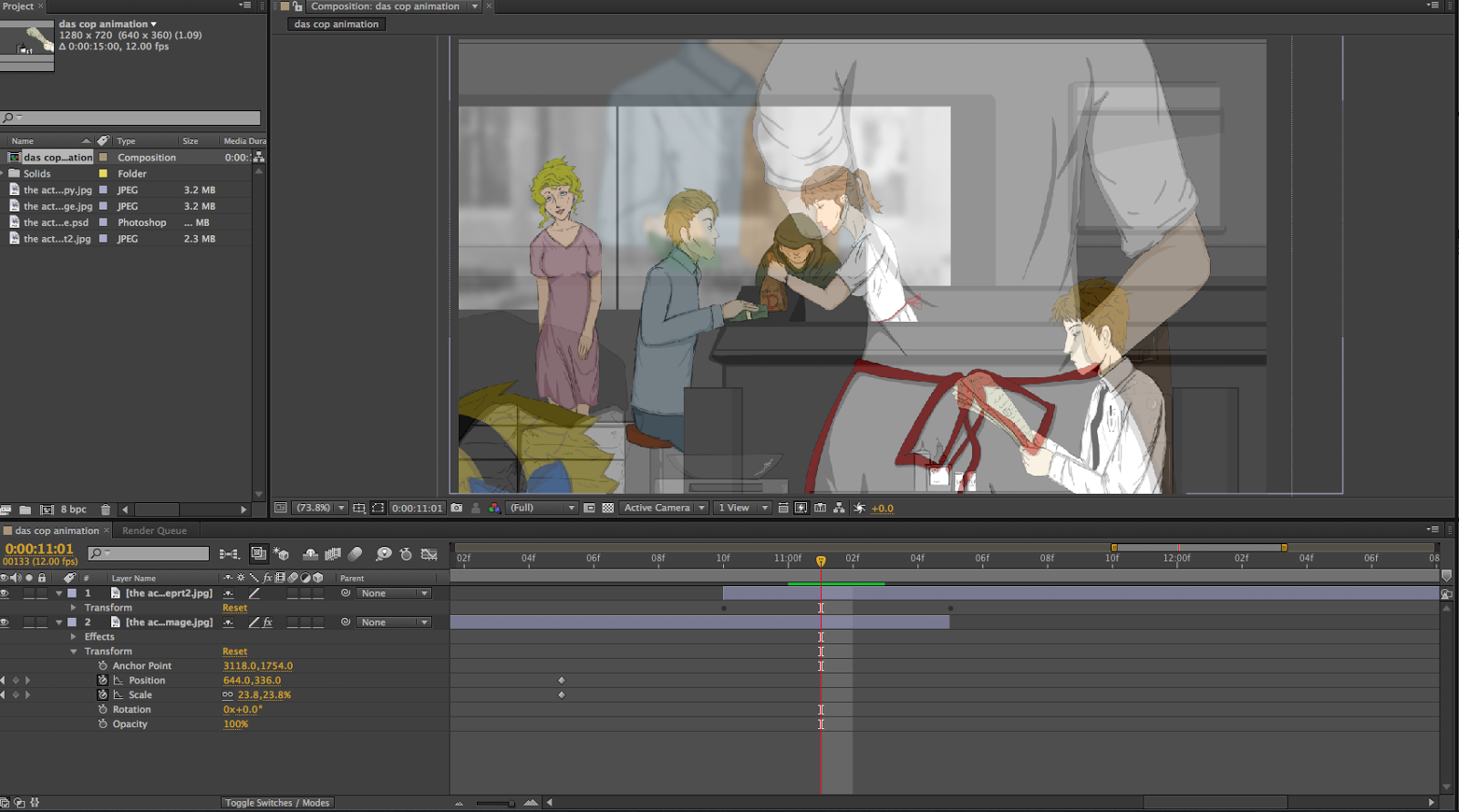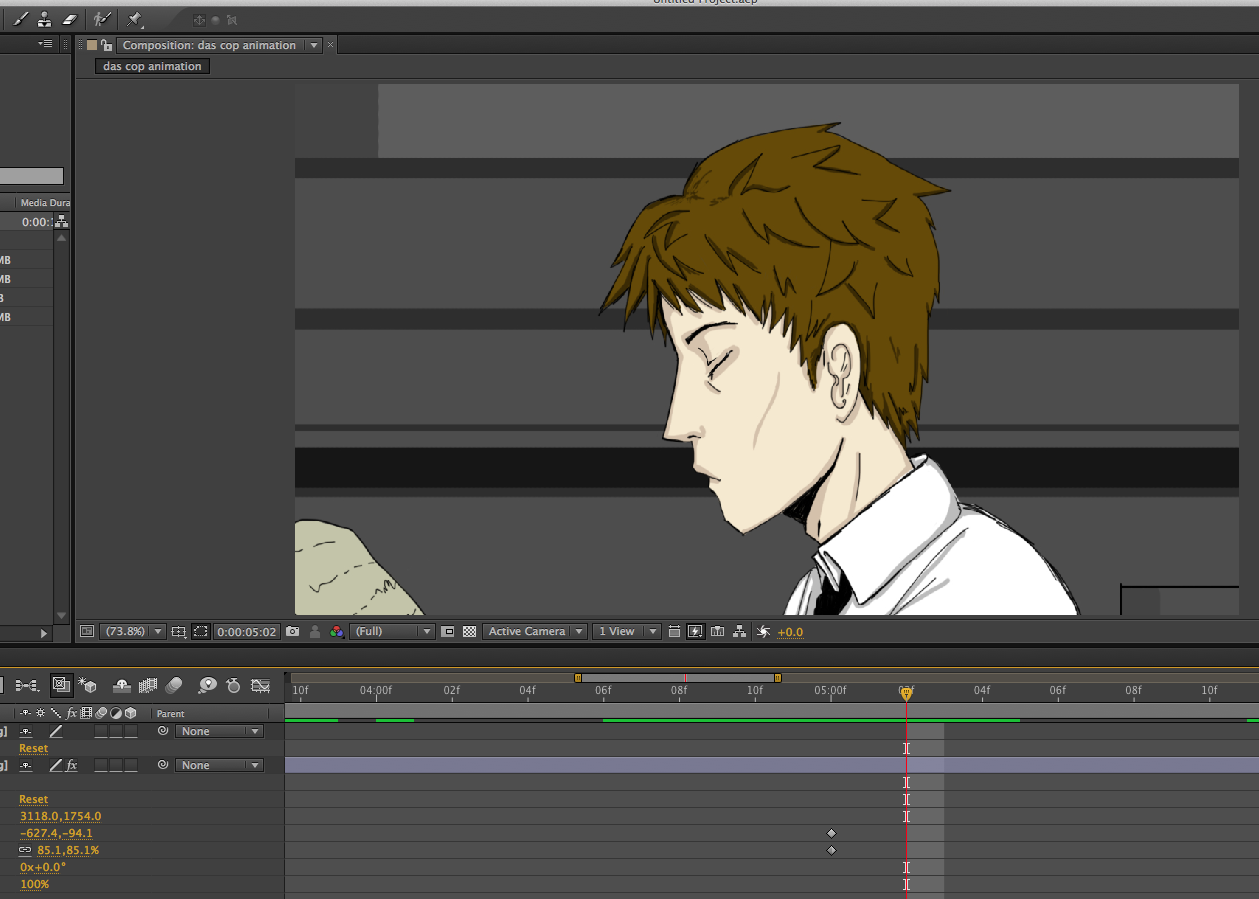Animation ideas for the Avant Garde
Experimental - inspiration from Brakhage and Norstein
- Draw into paint or ink on a glass panel and animate which
- Draw directly onto a film strip, using ink, bleach, etching needle, collage
- Cut out animation - could print onto acetate for each main frame and have a stationary watercolour background with sketchy like approach to the design of the movement
- Merge traditional pose to pose, with media much like Ryan Larkins work with his walk cycle - make my own version
Narrative - talking about an avant garde artist in slight detail with movement
- Animate the process of direct animation - could be animated digitally or traditional, but with detail of how some direct animations are made - example being Brakhage drawing onto film, and ideas of monoprint - drawing onto glass and recording the process of the line movement - drawing the frame and then rubbing it away and drawing over the top for the next frame for example the lion boy
- Animating how an avant garde animator for example Brakhage, looking into detail of how he is an avant gardist - what makes his work avant garde etc.
I feel that the Experimental ideas fit the criteria of the brief more than the Narrative ideas, however I do like the "Animate the process of direct animation" idea as it would play like a how to guide, and it would be interesting with the layout and movement of text, would it be presented in a scrapbook form with the script forming on the page - the target audience would be aimed at a teenage audience through the step by step guide functionality of the animation.
In the Experimental ideas I liked the "merge traditional pose to pose, with media much like Ryan Larkins work with his walk cycle - make my own version" - this would allow me to take influence from my essay and create a walk cycle that merges and forms into another movement cycle, such as turning a head which could form into someone walking down a path.
If I were to take the walk cycle further, I could experiment with media with in the walk cycle, so that every 9 frames it would change into another media, ink into marker pen etc. I could change this further by changing the walk cycle into a different moment, such as a character twirling or jumping through a skipping rope. This would need to be made traditionally through the different media I would be working with, however I could end the walk cycle using digital media as it would class as another media.
I could develop this further taking more inspiration from Ryan Larkins work, through the use of negative space:
- the walk cycle could involve the character moving through a crowd, the people depicted differently to make the negative space character stand out more.
- Could adapt a twirl sequence into moving through a space but not being seen, manipulating the space around the character to portray that their is an identity there, using leaves or a disjointed perspective as the twirl would take place over the image.
Another idea I could also develop from the other perspective with in avant garde in other art disciplines - for example in the 19th century, an impressionist painting would be depicted as a beautiful landscape and would be brought by a middle class consumer, to be mainly used as an object rather than for the aesthetics and for pure social status, when in reality the painting would actually portray a dodgy (red light) landscape.
Taking this idea I could show a peaceful landscape, for example streets with in a city or town, with people walking by to show how busy and filled with life it is, and as the sunlight slowly fades, we zoom into one of the windows, which shows gambling or violence to taint the picture.
I feel that the last idea would be interesting and different in portraying a part of the avant garde, as I felt it would be difficult to try and create something that is labelled avant garde with in such a short amount of time. With the last idea however, I would be able to portray a part of the rebellious streak that is shown in work with the purposefulness of misleading the middle class art buyer into buying something that is nothing more than an item to give them a higher status with in the environment.
 |
| Rough sketch for the walk cycle idea, inspired by Larkin's Walking |
 |
| Thinking of ideas for the zoom in concept |
 |
Developing the zoom in idea, thinking about zooming into a window and
the image being blurry until we zoom in fully |



